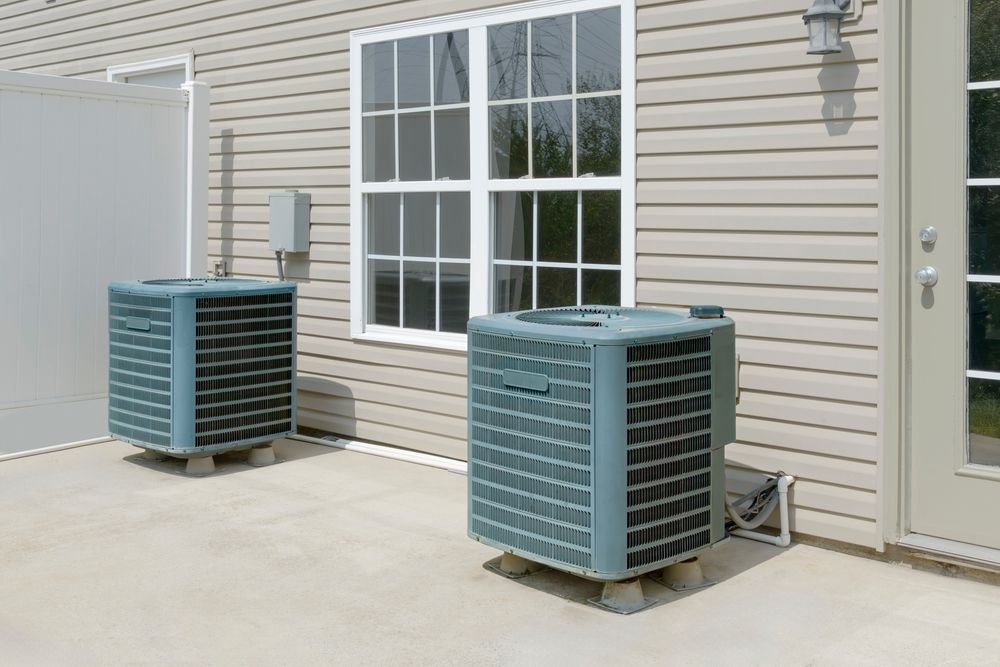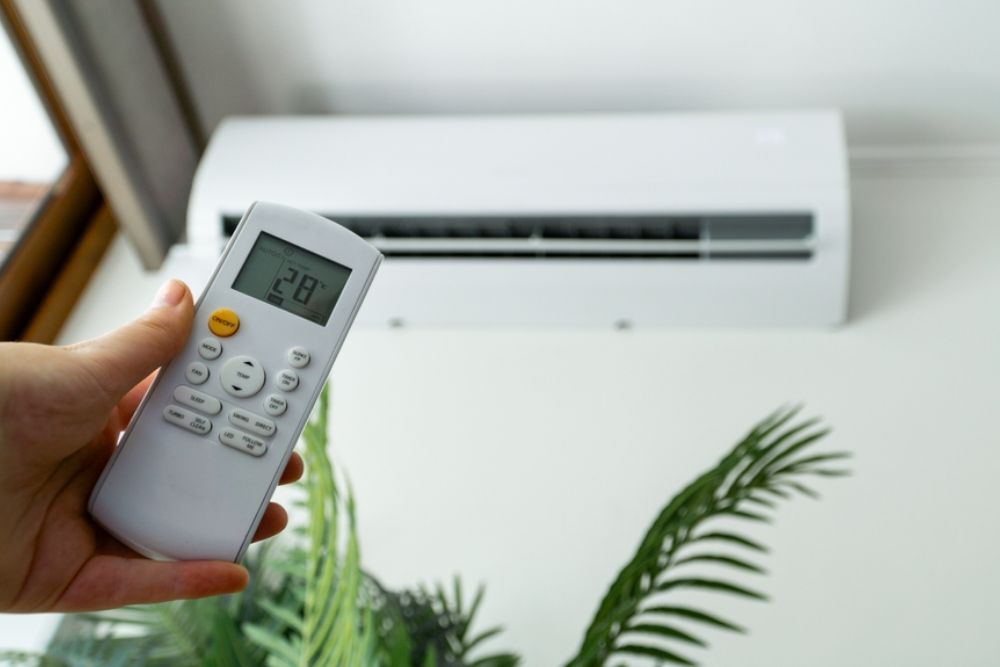When the heat of summer strikes, a good air conditioning (AC) system becomes essential for maintaining comfort in your home. However, with so many different types of AC units on the market, choosing the right one for your home can feel overwhelming. The right AC unit can provide efficient cooling, lower energy bills, and enhance the overall comfort of your home. This article will guide you through the different types of AC units available and the factors you should consider to find the best option for your space and needs.
1. Central Air Conditioning
Central air conditioning is the most common cooling option for larger homes or homes with existing ductwork. This system uses a central unit to cool the air and then distributes it throughout the home via a system of ducts. It is ideal for homeowners who want to cool multiple rooms at once.
-
Best for: Large homes or spaces that already have ductwork installed.
-
Benefits:
-
Efficiently cools the entire house.
-
Quiet operation.
-
Can be used to filter and dehumidify the air as well.
-
-
Considerations:
-
Installation can be expensive if you don’t already have ductwork in place.
-
Requires regular maintenance, including cleaning ducts and replacing filters.
-
2. Ductless Mini-Split Systems
A ductless mini-split system is a flexible and efficient option for homes without ductwork or for specific rooms that need additional cooling. This system consists of an outdoor compressor unit and one or more indoor air handlers mounted on the wall. Each air handler can be controlled individually, making this system ideal for cooling different areas of the home at different temperatures.
-
Best for: Smaller homes, homes without ducts, or homes with specific rooms that need cooling.
-
Benefits:
-
Flexible installation and can cool individual rooms or zones.
-
Energy-efficient since you only cool the rooms you use.
-
Quiet operation.
-
-
Considerations:
-
Higher upfront cost compared to window units.
-
Requires professional installation.
-
3. Window Air Conditioners
Window air conditioners are an affordable option for cooling individual rooms. These units are installed in a window and provide direct cooling to the room they are placed in. Window ACs are ideal for small homes, apartments, or single-room cooling needs.
-
Best for: Small rooms, apartments, or homes that only need cooling in one or two areas.
-
Benefits:
-
Low initial cost.
-
Easy to install (ideal for renters).
-
Energy-efficient for small spaces.
-
-
Considerations:
-
Limited cooling capacity for large areas.
-
Can be noisy.
-
Takes up window space, which can obstruct views or natural light.
-

4. Portable Air Conditioners
Portable air conditioners are another option for cooling individual rooms. These units are free-standing and can be moved from room to room, making them highly versatile. Portable ACs vent hot air through a window, and they are often used in spaces that cannot accommodate window units.
-
Best for: Small rooms, renters, or spaces with no suitable windows for installing a window unit.
-
Benefits:
-
Easy to move between rooms.
-
No permanent installation required.
-
Ideal for cooling specific rooms or areas temporarily.
-
-
Considerations:
-
Not as efficient as window or central AC systems.
-
Can be noisy and take up floor space.
-
Requires venting through a window, which may limit flexibility.
-
5. Evaporative Coolers (Swamp Coolers)
Evaporative coolers, also known as swamp coolers, are a great option for dry climates where humidity is low. These coolers work by drawing warm air through water-saturated pads, where it is cooled by evaporation and then circulated into the home. They are energy-efficient and environmentally friendly since they use water instead of refrigerants.
-
Best for: Homes in dry, hot climates (e.g., desert regions).
-
Benefits:
-
Low energy consumption.
-
Environmentally friendly and uses natural evaporation.
-
Adds humidity to the air, which can be beneficial in dry areas.
-
-
Considerations:
-
Less effective in humid climates.
-
Requires regular maintenance, including cleaning water pads and changing water.
-
Limited cooling capacity compared to traditional AC systems.
-
6. Geothermal Cooling Systems
Geothermal cooling systems use the earth’s natural temperature to cool a home. This system involves installing a heat pump that exchanges heat with the ground through a series of pipes. Geothermal systems are highly efficient but are typically only cost-effective for larger homes or new construction projects.
-
Best for: New builds or homeowners looking for a long-term, eco-friendly solution.
-
Benefits:
-
Extremely energy-efficient and can lower utility bills significantly.
-
Long-lasting and requires minimal maintenance.
-
Environmentally friendly.
-
-
Considerations:
-
High upfront cost for installation.
-
Installation requires significant space for ground loops or vertical wells.
-
7. Choosing the Right AC Based on Your Home’s Size
When selecting an AC unit, it’s essential to consider the size of your home or the specific room you’re cooling. An AC unit that’s too small will struggle to cool the space effectively, leading to increased energy consumption, while an oversized unit may cool the area too quickly without properly dehumidifying the air.
-
Tip: Check the BTU (British Thermal Unit) rating for any unit you’re considering. A higher BTU rating means the unit can cool a larger space.
-
Impact: Choosing the right-sized unit ensures optimal energy efficiency, better cooling, and lower utility costs.
8. Consider Energy Efficiency
Regardless of the type of AC unit you choose, always look for energy-efficient models. These units typically have a higher SEER (Seasonal Energy Efficiency Ratio) rating, which means they use less energy to provide the same level of cooling. An energy-efficient model can save you a significant amount on your monthly energy bills.
-
Tip: Look for ENERGY STAR-certified models, which meet strict energy efficiency guidelines set by the U.S. Environmental Protection Agency (EPA).
-
Impact: Energy-efficient units may have a higher upfront cost but will save you money over time by reducing your energy consumption.
Choosing the right AC type for your home depends on several factors, including the size of your home, your budget, and your climate. Whether you go with a central air system, a portable unit, or a more eco-friendly option like an evaporative cooler, there are plenty of options to suit your needs. By considering factors like energy efficiency, cooling capacity, and installation requirements, you can find the perfect AC unit that will keep you cool and comfortable while saving you money in the long run.



